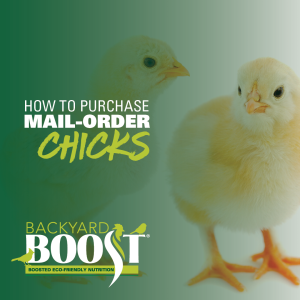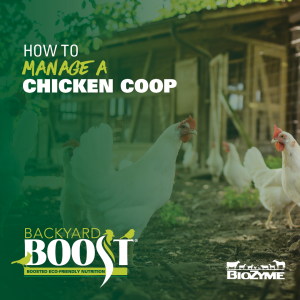
A Birder’s Guide to Preparing for Spring
Hints of spring are in the air… literally. You might even see them in large groups flying north. Some migratory birds are starting to fly north, depending on their starting point and destination. But when do migratory birds return to your backyard? Let’s look at when migratory birds return and how you can best prepare for them.
Early Arrivals
Typically, the timing of migration depends on how far south or north you are; however, February and early March usually bring the first migratory birds back home. Common species like the red-winged blackbirds, tree swallows, and killdeer are some of the first returning migratory birds across much of North America.
Late Comers
Birds that fly long distances to return to their North American homes typically arrive in mid-May to early June, signaling the close of spring migration. Long-distance migrants that winter in southern South America, like the white-rumped sandpipers arrive in the central United States in late May or early June.
The flood of songbirds that have wintered in the Tropics—including warblers, tanagers, buntings, grosbeaks, orioles, vireos and thrushes—arrive primarily during April and May, filling North American woodlands with color, song and activity.
For many birders, warblers are particular favorites; there are several places in the country where you can see more than 30 species of these tiny, colorful gems during the course of the season.
Track the Migration
So, when do migratory birds return to your area? You probably want to know when exactly your favorite migratory bird will return. There are some fantastic tracking tools to help you determine the migration routes of specific birds. Cornell University offers a site called e-bird that allows you to see migration hotspots in real time and capture how many species and what kinds of species are present at a site.
Birdcast provides several different forecasting maps to help you know when migratory birds will arrive. A forecast map and local bird migration map will go live March 1. Both these tools are helpful to know the types and numbers of birds traveling in your areas, ideal for bird watching.
Welcome Migratory Birds with a Treat
After many long days of travel, the birds you enjoy watching will enjoy a treat. Welcome them with a Backyard Boost® Songbird Ball. This prebiotic treat for wild birds attracts a variety of birds. The Songbird Balls provide digestive support for overall well-being, and they contain AO-Biotics® Amaferm®, a prebiotic research-proven to enhance digestibility.
Songbird balls are easy to feed. Put them in tube or circular feeders. Hang the feeder in a visible area close to natural shelter such as shrubs or trees. The balls contain essential nutrients and create less mess and waste, making them a great treat for all the birds in your yard.
Prepare Your Yard Today!
Are you intrigued by these Backyard Boost Songbird Balls and ready to give them a try? You can purchase them from our online store or through Walmart.com or Amazon.
If you prefer to shop locally, find one of our BioZyme retail stores near you.

